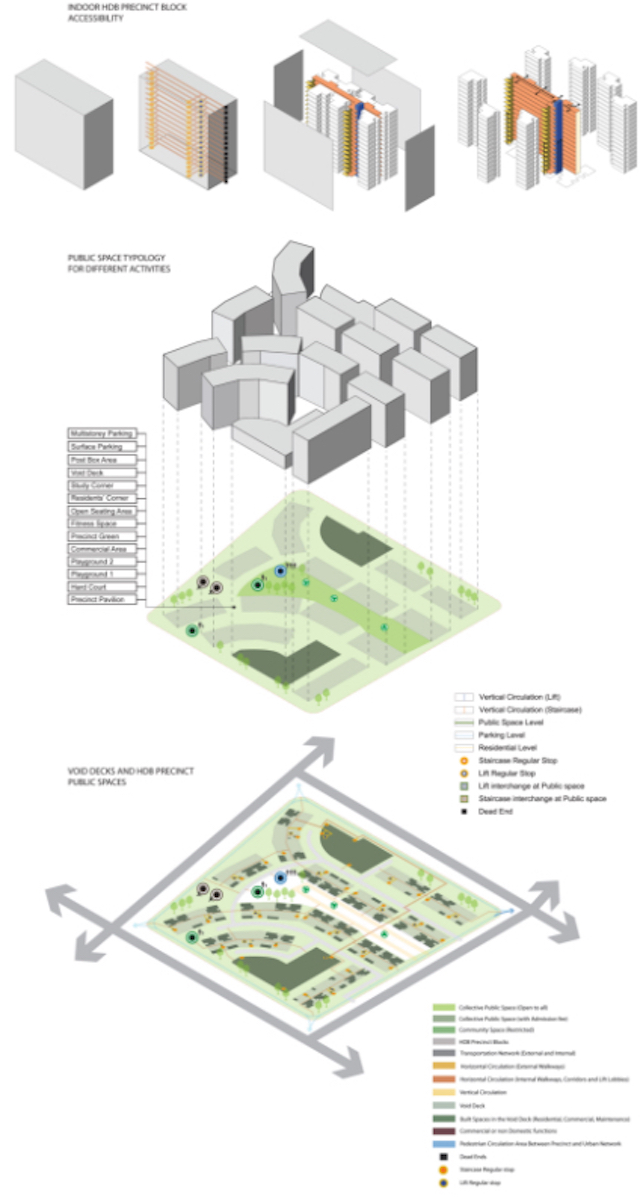Housing
PUBLIC SPACES IN HIGH-DENSITY LIVING IN SINGAPORE
Public spaces in high-density living in Singapore: Investigating contested public spaces in HDB precincts to inform the design of future very-high-density housing
National economic growth combined with forward strategic planning have been instrumental in shaping Singapore’s residential architecture since the early 1960s. Today, more than 80% of the population living in Singapore dwells in HDB (Housing and Development Board) public housing.
Public spaces play a pivotal role in this densely built-up setting. Acting as the “glue” between the infrastructure and the private realm, public spaces not only have a regulatory effect on the sense of density in the immediate dwelling environment, they also have a positive impact on the liveable quality of domestic spaces.
According to the Singapore White Paper, more people are expected to look for a new home in Singapore over the next twenty years. As a result, the city-state’s built environment will be densified even further. We anticipate that due to land limitations, public spaces on the ground will be further contested and will therefore migrate vertically into the structure of residential blocks in the form of podium terraces, rooftop gardens or sky bridges.
The Housing Module’s interdisciplinary team formed by members of the ETH Chair of Architecture and the Building Process (D-ARCH, ITA) and the ETH Centre for Research on Architecture, Society & the Built Environment (CASE) focuses on the public space organisation and circulation systems of high-density HDB precincts.
Our research approach combines architectural analysis of the 'anatomy' of public space with social science methods by observing and interviewing its users. The aim is to understand further the interplay of architectural and socio-cultural dimensions of the perception, use and appropriation of public spaces in these high-rise, high-density HDB precincts. In this process, more than 30 HDB developments in Singapore have been recorded and exemplary sites have been selected as case studies for an in-depth analysis.
The anticipated findings of this study have the potential to contribute to the design and production of high-density housing in Singapore as well as in related living contexts.
